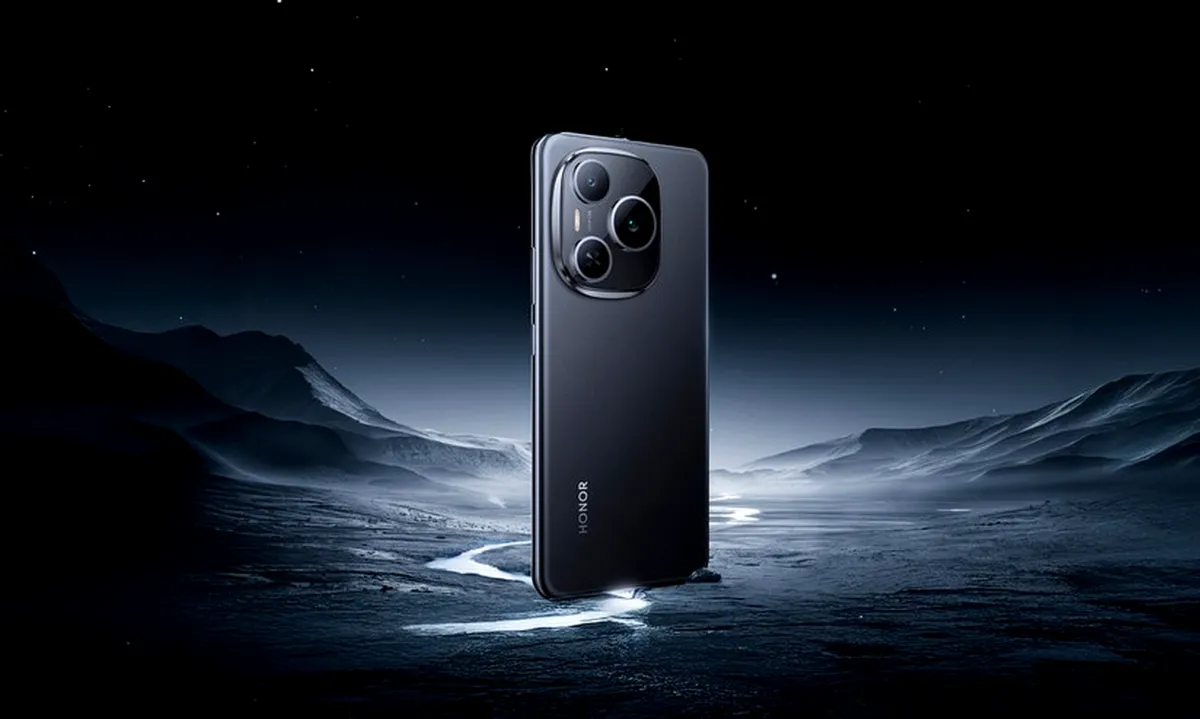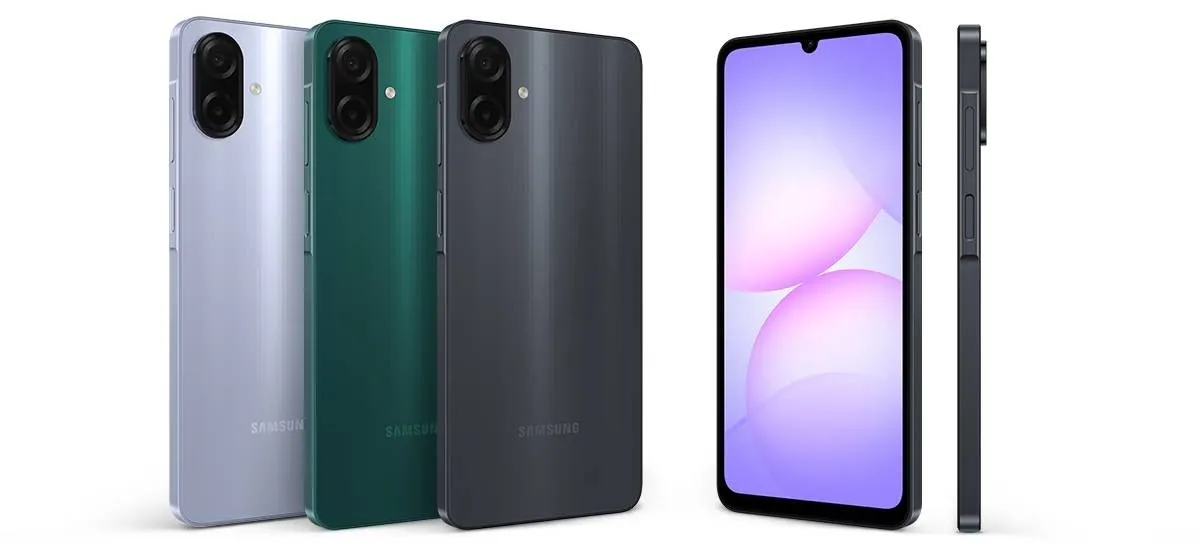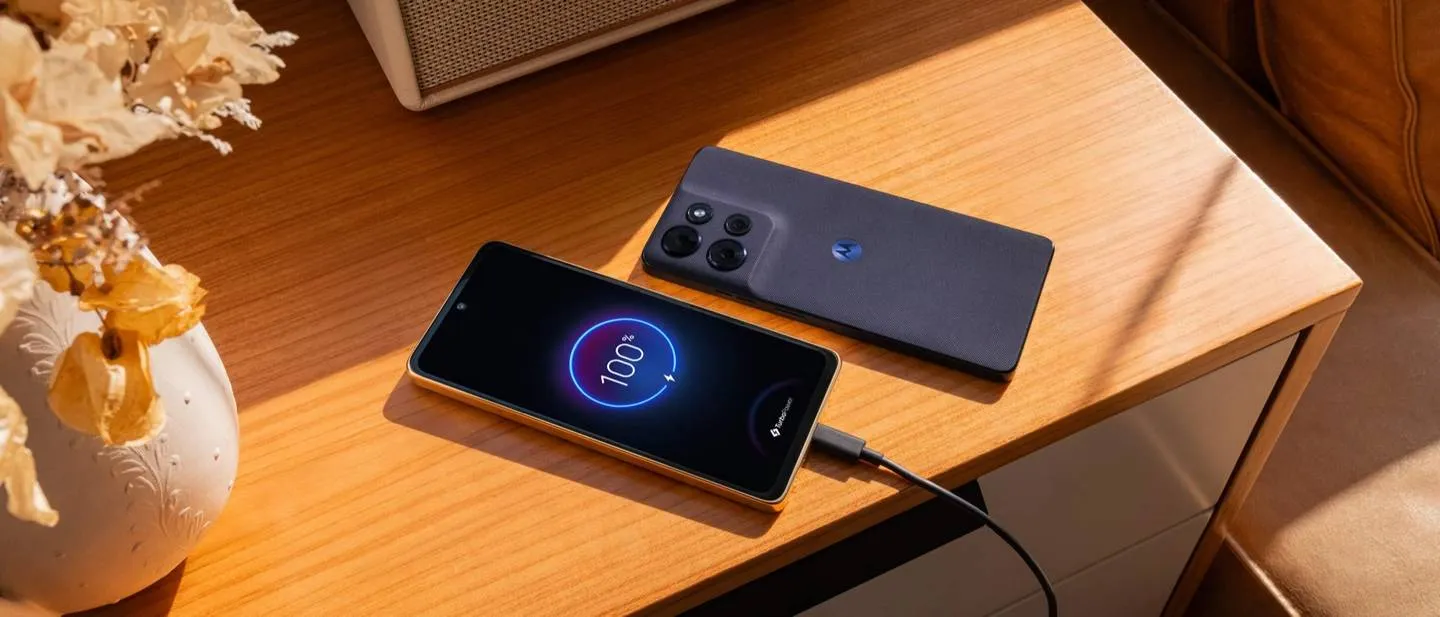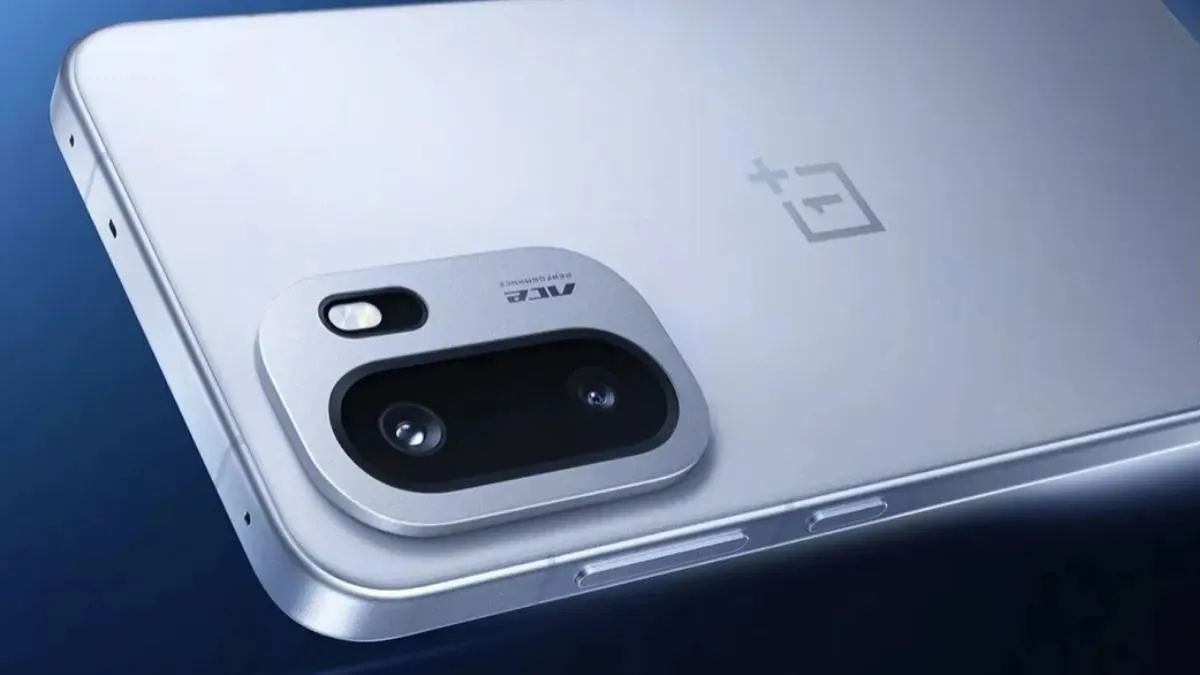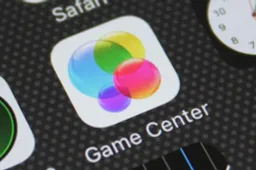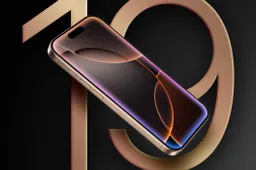The Nintendo Switch 2 Just Leaked—And Its Battery Tells a Story
Leaks and Spy photosThursday, 29 May 2025 at 04:34
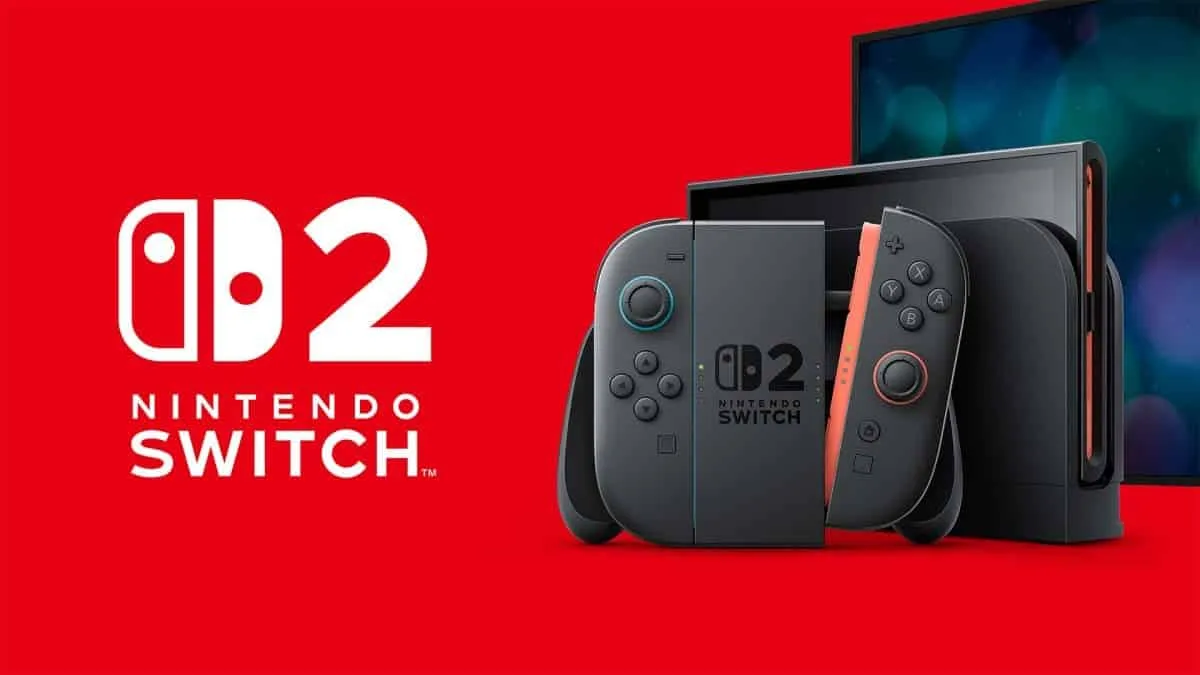
It’s never official until it leaks. That rule seems to hold up, yet again, with Nintendo’s next-generation console. Just a week out from launch, the Nintendo Switch 2 has appeared in the wild—not through a flashy press event, but in a government database. Specifically, Taiwan’s National Communications Commission (NCC) posted the listing under model number BEE-001.
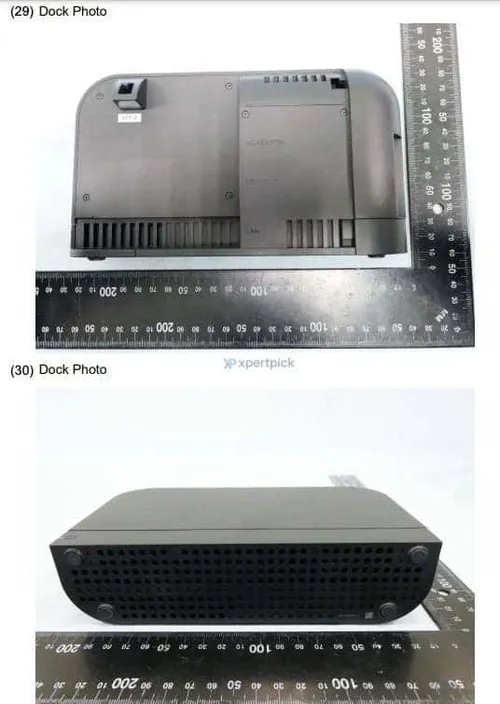
The filing confirms something fans have been speculating about for months: the battery. It’s now official—the Switch 2 will ship with a 5,220mAh battery and support 36W fast charging. That’s a decent step forward from the original, but not exactly mind-blowing. And it might raise more questions than it answers.
More Power, Maybe More Problems?
According to Nintendo, the new model is expected to last “around 20 hours.” That’s a comfortable claim, though, frankly, it sounds optimistic. Manufacturers often cite best-case figures. Real-world usage rarely matches. Depending on the game, screen brightness, and connectivity, I wouldn’t be surprised if the battery dips closer to 6–8 hours in practice.
Charging time is another curious point. With 36W input, you'd expect quick top-ups, but the company still says it takes about 3.5 hours for a full charge. That’s slower than some phones charge in 2025. Maybe they’re playing it safe. Maybe it’s a thermal design issue. Or maybe we’re just spoiled by phones. It’s hard to say.
Oh, and the design? The NCC listing includes real-world images of the device—dock, Joy-Cons, everything. Nothing looks radically new. In fact, it's almost... identical. For better or worse, Nintendo seems reluctant to abandon a form factor that’s become iconic. Some will call that lazy. Others will call it smart. I think it’s both.
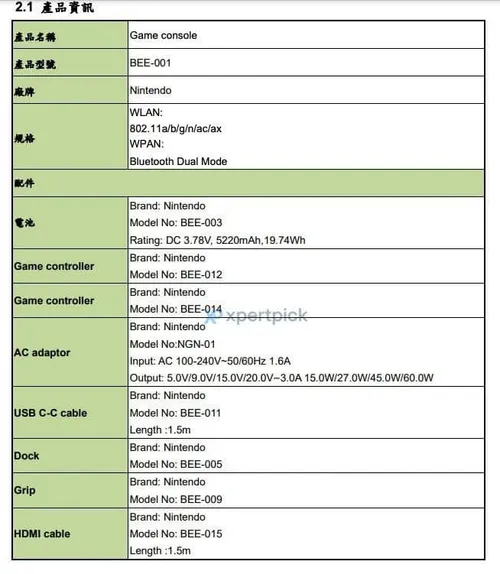
A Look at the Specs (So Far)
Nintendo has trickled out specs over the past few months, and with this leak, we’re getting closer to a full picture.
- Display: A 7.9-inch LCD, HDR10, 1920×1080, and up to 120Hz refresh rate. It’s not OLED, which might disappoint some. Still, that refresh rate will help with motion clarity.
- Processor: A custom NVIDIA chip, likely an upgrade over the Tegra X1. That could mean improved performance, though we don’t yet know by how much.
- Storage: 256GB of UFS storage—finally a real bump. Faster loading, more room, less reliance on SD cards.
- Connectivity: Wi-Fi 6, Bluetooth, and wired LAN in docked mode. Solid. Expected.
- Video Output: Up to 4K at 60fps via HDMI, with HDR10 support. On paper, that’s great. In practice? Depends on how many games are optimized for it.
- Audio: 5.1-channel output over HDMI and stereo speakers with better enclosures. No Dolby Atmos, though.
- Ports: Two USB-C ports, one for docking/charging, another for accessories. Still has the 3.5mm jack, which feels almost nostalgic at this point.
- Game Support: Runs original Switch cartridges as well as new ones. A smart, player-friendly choice.
- Expandable Storage: Supports microSD Express cards up to 2TB. Normal microSD cards work, but just for media transfers. That’s a bit annoying.
- Sensors: Accelerometer, gyroscope, a mouse sensor in the Joy-Cons, and a brightness sensor in the console.
Honestly, it's a classic Nintendo move. Iterate without overcommitting. Give just enough to feel like progress, but not so much it alienates the base.
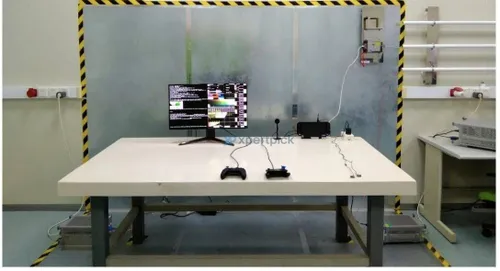
Familiar, But Forward
If there’s a thesis to the Switch 2, it’s this: Nintendo is betting on familiarity. The hardware doesn't scream next-gen, but it doesn’t have to. The first Switch sold because of what it did, not what it looked like. This version follows that logic.
Of course, the real test will be in the games. If Nintendo pairs this with a fresh Zelda, a proper Mario Odyssey follow-up, or something truly unexpected (Metroid Prime 4?), the hardware will be secondary. But for now, the battery's the story. It suggests a device that's aiming for versatility over raw power. For a handheld-first console, that's probably the right call.
We’ll know more next week when Nintendo pulls the curtain back officially. Or earlier—if another leak beats them to it.
Loading

